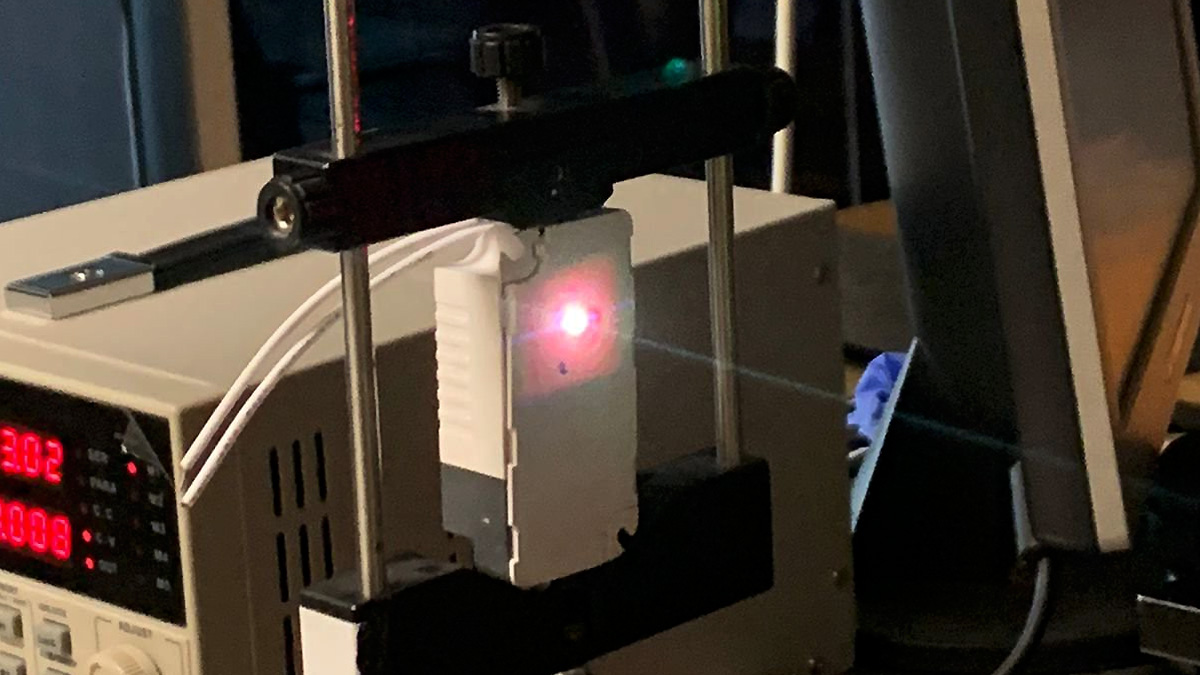
UNITED STATES - AUGUST 13: The Intel 486 microprocessor (left) was introduced in 1989 and marked a ...
[+] significant improvement in the processing capacity of computers over that of the previous Intel 386 (introduced in 1985). In addition, the 486 processor was the first to offer a built-in �math co-processor�. This increased computing speeds because complex mathematical functions could be processed away from the central processor.
The Intel Pentium (right) was first introduced in 1993 and was the most complex microprocessor of its time. It allowed computers to incorporate �real' data - like speech, sound, handwriting and photographic images - more easily. Its rapid adoption by all sectors of the industry made Pentium a household name.
(Photo by SSPL/Getty Images) There’s a shakeup happening in the microprocessor industry, especially in the use of chips for data centers. While there’s more stability in small device manufacturing, data centers are getting bigger and more powerful, and there are some big changes in how customers are powering these larger networks. Tom’s Guide reports that while Intel Xeon processors have traditionally powered a lot of servers, AMD’s EPYC lineup is gaining ground.
That manifests in $3.5 billion for AMD‘s datacenter segment in Q3, where Intel’s was about $3.3 billion (That’s down from $5-6 billion a couple of years ago).
AMD‘s chips are cheaper, but that’s not the only factor. Some suggest that these new processors have some advantages over Intel’s products. AMD’s Ryzen chips are turning heads, too, mostly in the gaming space.
“The first desktop Zen 5 CPUs were disappointing in gaming, but the 9800X3D, which arrives on November 7th, makes some big improvements over the already-great Ryzen 7 7800X3D,” writes Tom Warren for The Verge. “I’ve been testing it over the past week, and I’ve found big improvements to productivity workloads, alongside around an 8 percent jump in gaming performance.” The 7 Best Leggings For Women, After Months Of Testing Celebrities React To Trump Win: Roseanne Barr Says She’d Work For Trump, Billie Eilish Says He ‘Hates Women’ FBI Warns Gmail, Outlook Users Of $100 Government Emergency Data Email Hack Breakout Sales by Nvidia Meanwhile, Nvidia sales for GPU compute were over $22 billion in the second quarter of this year, and in the first half of the year, the company apparently sold $42 billion worth of its GPU products.
That includes the GB200, H100 and other designs that feature TSMC’s CoWoS engineering. I talked about their use in Colossus , where these components are stacked floor to ceiling and cooled with hundreds of gallons of water. On the personal computer front, meanwhile, customers continue to use Intel and AMD for laptops and other personal devices.
Telecom providers, service providers, the US Department of Defense – they’re still using CPUs. But again, things are changing quickly. Now we have on-chip AI integration and transformers etched onto the wafer, and other kinds of creative innovations that are going to change how we do computing in the AI age.
) Why the rush? There Be Gold Well, you could say that we are actually in a 21st century gold rush toward expanded capability. Quickly, OpenAI models and others from companies like Anthropic are learning to do thingswe never thought they would. They’re reasoning and using chains of thought in logic processes, and learning how to use physical computers like a human, and that’s all happening this year.
That’s only part of what people are seeing with the AI revolution that’s in full swing. So the hardware world has to keep up, and that’s where these big changes come in. I’ll keep reporting on the things that I hear coming out of our current lectures and events.
There are a lot of experts talking about the applications and cases for all of this hardware, and many of them are consumer facing, so they’re things that you’llwant to know about. And for the business crowd, enterprise tech is changing extremely quickly as well. Watch this space.
.














